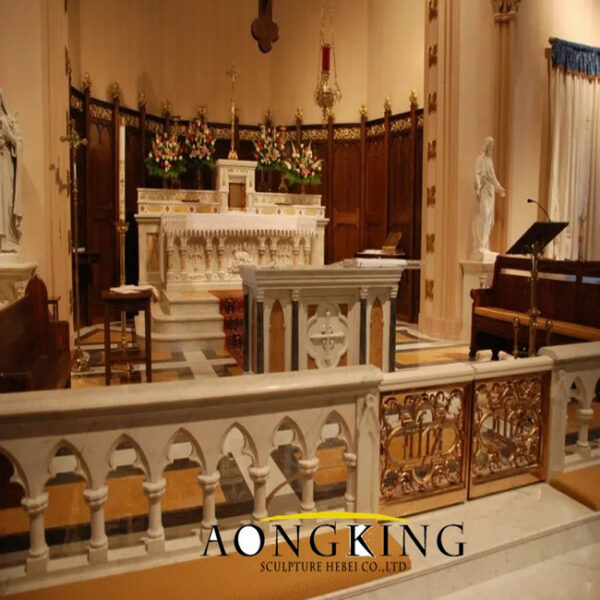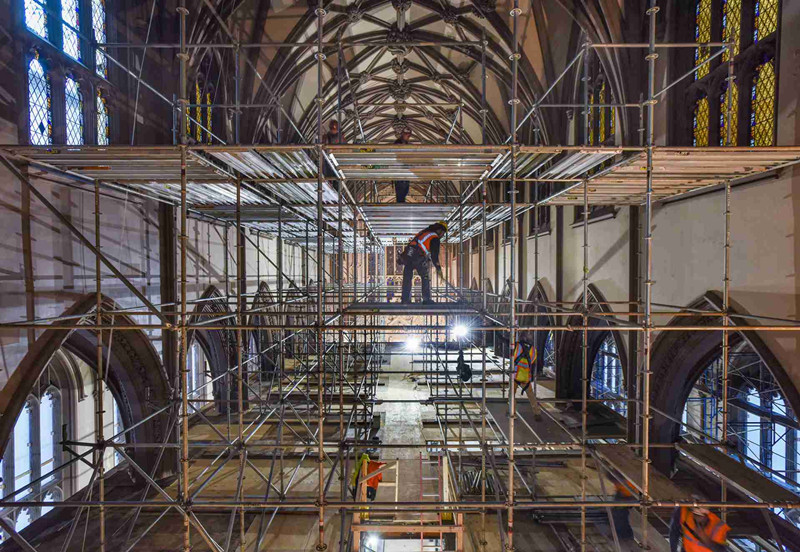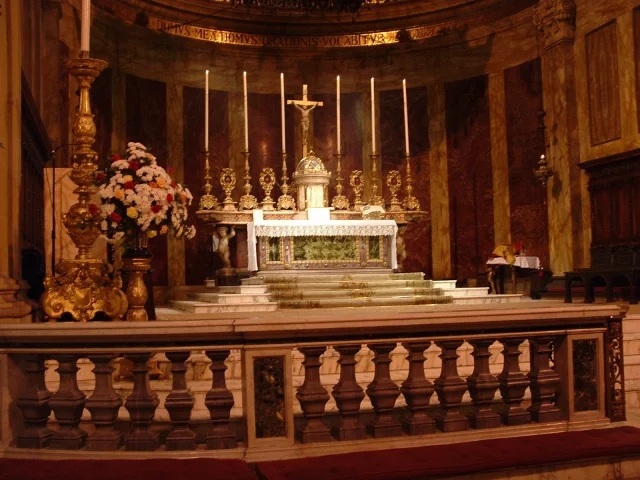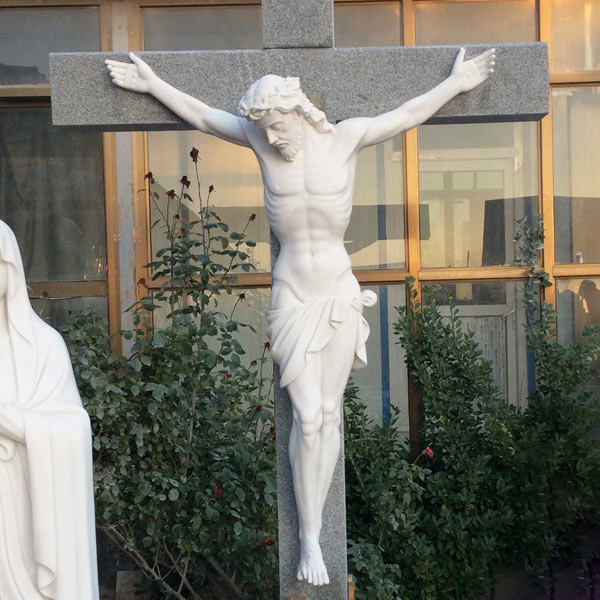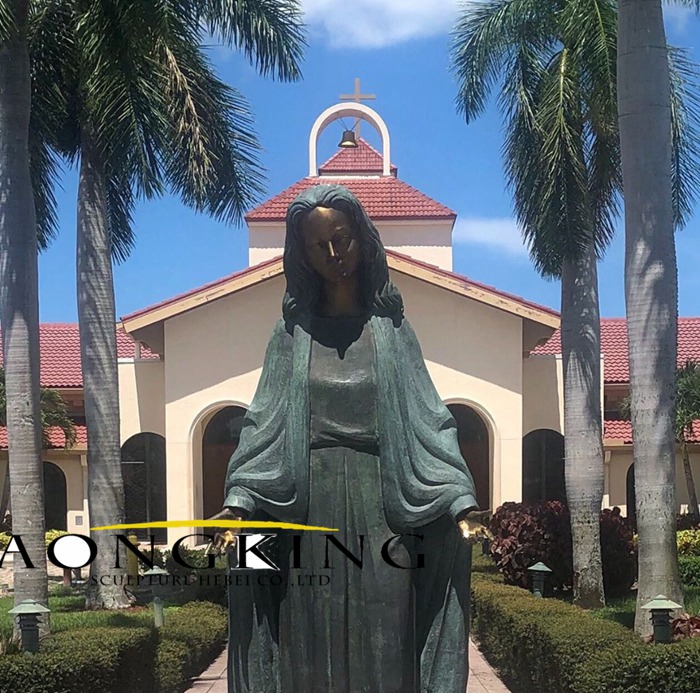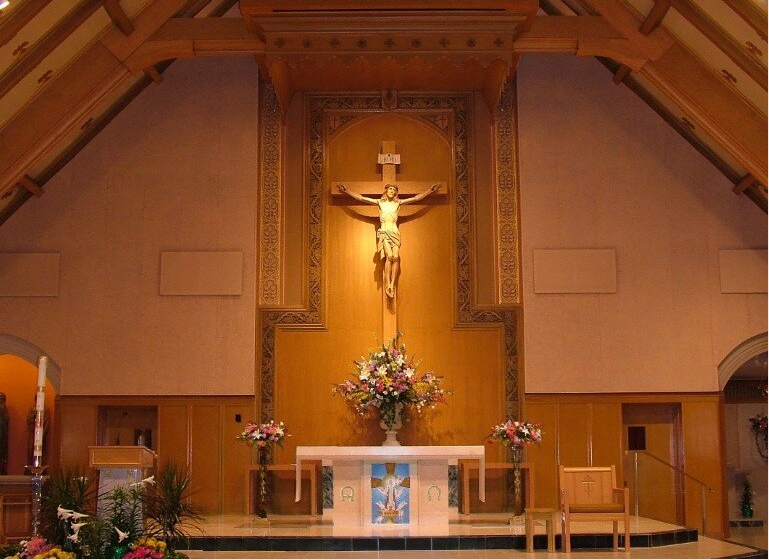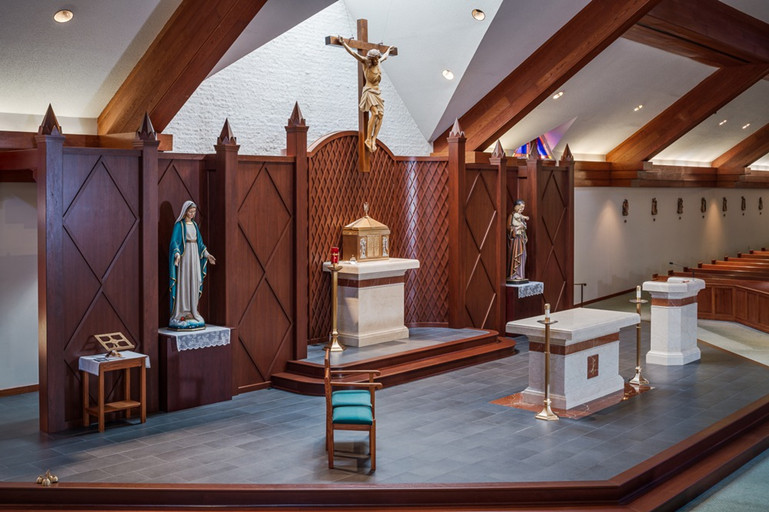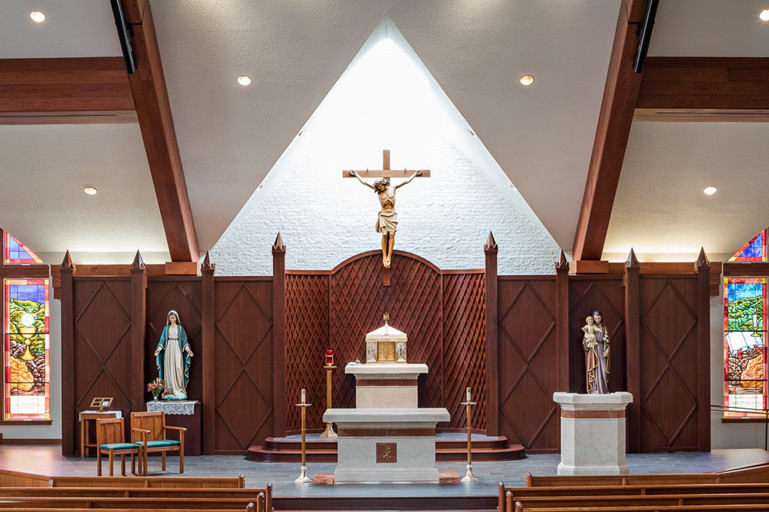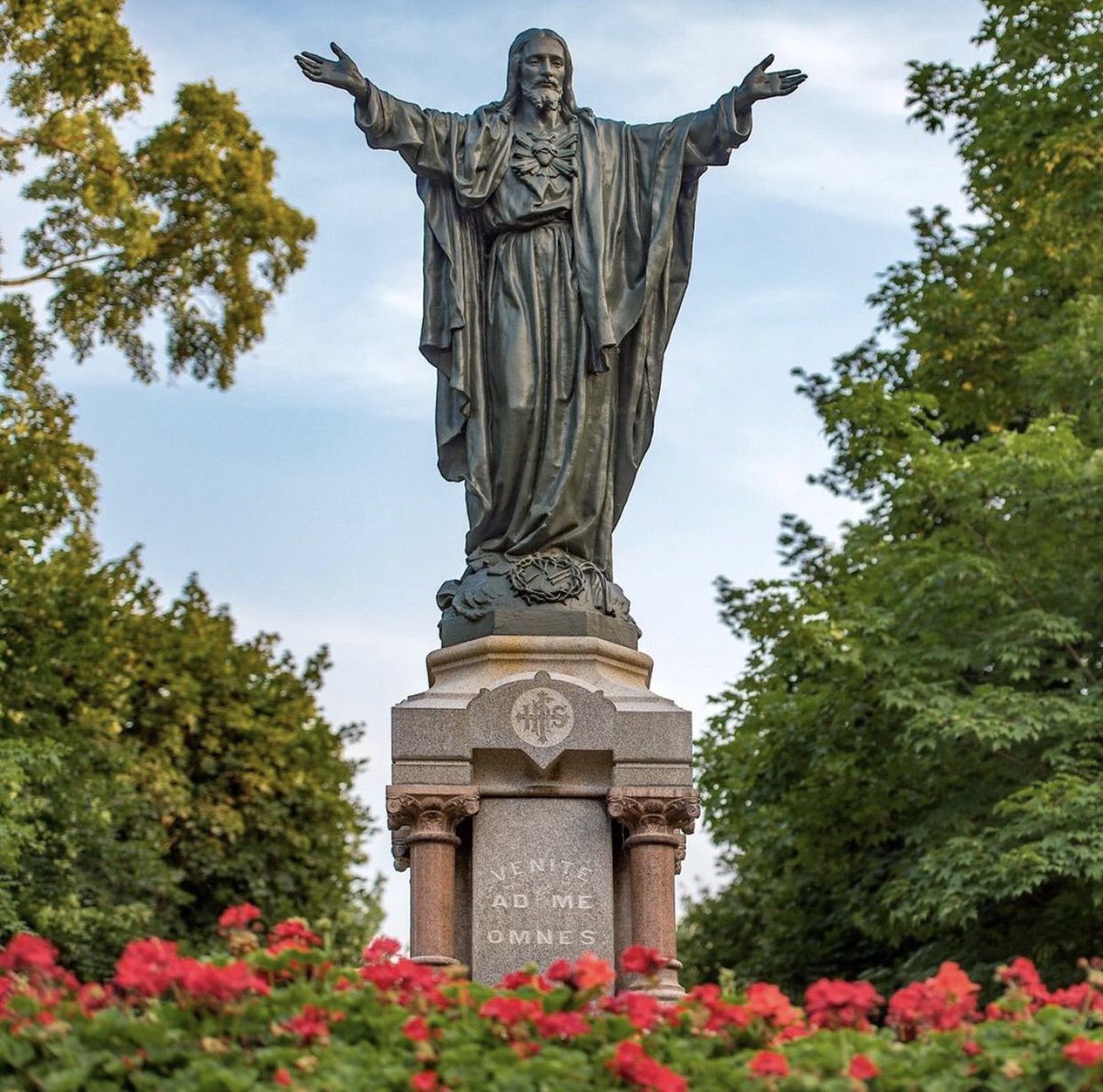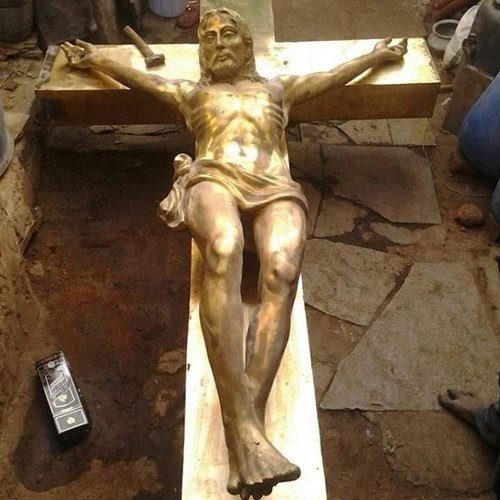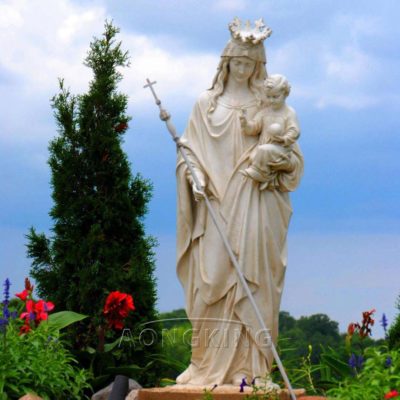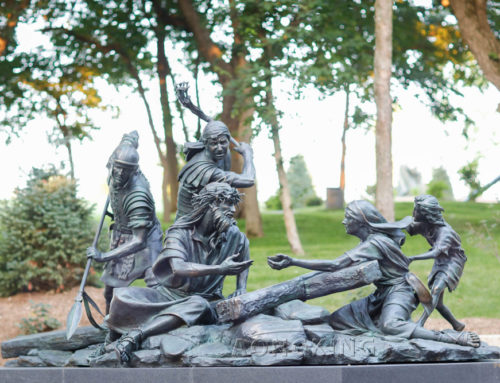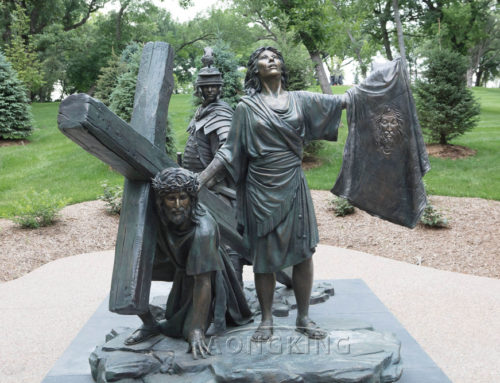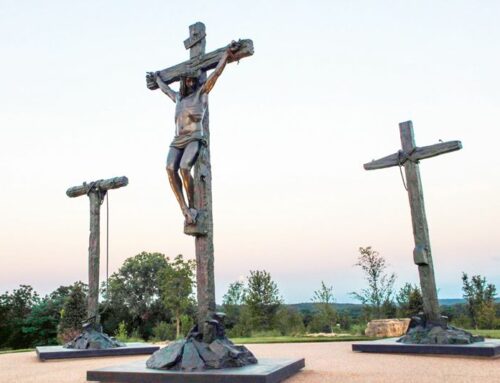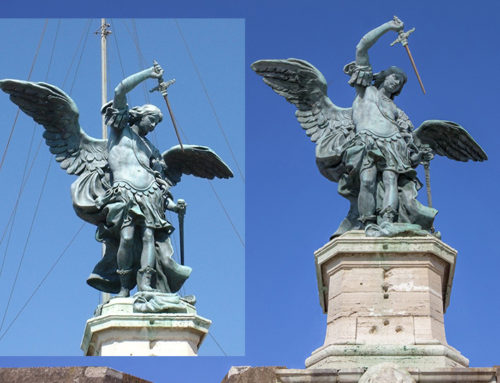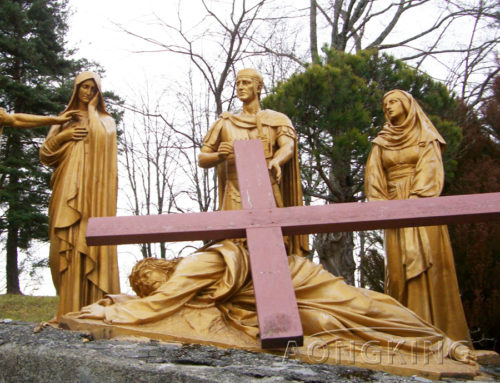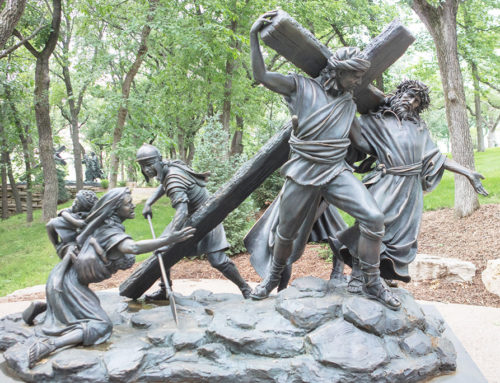What is a church renovation?
Church renovation refers to the process of restoring or upgrading an existing church building or structure. It involves making improvements, repairs, and modifications to enhance the aesthetic appeal, functionality, and safety of the church. Church renovation projects can vary in scope and scale, ranging from minor cosmetic changes to extensive structural renovations.
The reasons for church renovation can be diverse. Some common motivations include preserving the historical or architectural significance of the building, accommodating the changing needs of the congregation, improving accessibility for individuals with disabilities, updating outdated infrastructure or technology, enhancing the worship experience, or expanding the capacity of the church to accommodate a growing congregation.
Why do you need a church renovation?
1. Preservation and Maintenance: Over time, your church can experience wear and tear, structural issues, or damage due to weather, pests, or aging. Renovation helps preserve the architectural integrity and historical significance of the building, ensuring its longevity for future generations.
2. Safety and Accessibility: Church renovation can address safety concerns by updating electrical systems, improving fire safety measures, reinforcing structural stability, or enhancing accessibility for individuals with disabilities. This allows your church to comply with building codes and provide a safe and inclusive space for worshipers. Aongking Church Customs Team can solve all these problems for you.
3. Functional Upgrades: Church renovations can improve the functionality of the church, making it better suited to meet the needs of its congregation. This could include adding or reconfiguring seating, expanding gathering spaces, installing modern audio-visual systems for worship services, creating additional rooms for educational or community activities, or upgrading restroom facilities.
4. Aesthetic Enhancement: Church renovation can breathe new life into the building’s interior and exterior, refreshing its appearance and creating a more welcoming atmosphere. This may involve repainting, repairing, or replacing stained glass windows, refurbishing pews and altars, installing new lighting fixtures, or incorporating artistic elements to enhance the overall beauty and sacredness of the space.
What should be paid attention to in a church renovation?
1. Assess the Needs: To restore your church, start by assessing the current state of the church building and identifying the specific areas that require renovation. This may include evaluating the structural integrity, electrical and plumbing systems, accessibility, seating capacity, audiovisual equipment, lighting, acoustics, and overall aesthetics.
2. Establish a Budget: Determine a realistic budget for the renovation project. Consider factors such as the scope of work, materials needed, labor costs, permits, and fees, design fees (if applicable), and any additional expenses such as furnishings or equipment.
3. Form a Renovation Committee: Create a committee or task force consisting of church members, clergy, and professionals with relevant expertise (e.g., architects, contractors, interior designers). This committee will oversee the renovation process, make decisions, and ensure effective communication with the congregation.
4. Develop a Design Plan: Work with an architect or a design professional to develop a renovation plan that aligns with the church’s vision and goals. The design should address functional requirements, aesthetics, accessibility, and any specific needs identified during the assessment phase.
5. Obtain Approvals and Permits: Check with local authorities and obtain any necessary permits or approvals required for the renovation project. This may include building permits, zoning approvals, or compliance with historical preservation regulations if applicable.
Remember that each church renovation project is unique, and the specific steps and considerations may vary depending on your church’s size, budget, and requirements. It is crucial to involve professionals and seek expert advice throughout the process to ensure a successful renovation that meets the needs of the congregation while respecting your church’s heritage and spiritual significance.
What is the role of sculpture in the renovation of churches?
What stands out most in churches is the sculpture of saints in the church. Religious figure sculptures are also important decorations in churches. Sculpture can play a significant role in the renovation of churches, enhancing the aesthetic and spiritual impact of the space. Sculpture plays a crucial role in churches. Religious Saint sculptures have played a significant role in the renovation of churches throughout history. Churches have often been centers of artistic expression, and sculptural works have been an important component of church architecture and decoration.
In the church renovation, sculpture can serve a variety of purposes. For example, sculptures may be added or replaced to enhance the aesthetic appeal of the church or to create a more harmonious overall design. Jesus sculptures can also be used to convey religious themes or to honor specific religious figures or events.
In some cases, sculptural elements may be added to support the overall structure of the church. For example, carved stone capitals may be added to support the weight of the columns or decorative corbels may be used to reinforce arches.
Additionally, religious sculptures can play an important role in the restoration of churches that have suffered damage or deterioration over time. Skilled craftsmen can create new sculptures or repair existing ones using traditional techniques, helping to preserve the historical and cultural significance of the church.
Jesus’ sculptures can serve as decorative features, adding beauty and visual interest to the church’s interior and exterior. They can be placed on the façade, in niches, on altars, or in various locations throughout the church. Sculptural elements such as reliefs, statues, or bas-reliefs can depict religious figures, saints, angels, or scenes from biblical narratives, enriching the visual language of the space and contributing to its overall ambiance.
Sculptures can convey deep symbolic meanings and contribute to the religious iconography of the church. They can represent virtues, biblical stories, theological concepts, or religious figures, aiding in the worship and contemplation of the faithful. Through careful selection and placement, sculptures can reinforce the spiritual message and identity of the church.
Overall, the sculpture is an important part of the church renovation, both as an element of artistic expression and as a functional component of the architecture.
Church renovation can hold great significance for a community of believers. The act of renovating a church can signal a renewed commitment to the faith, a desire to preserve and honor the history and traditions of the church, and an effort to create a welcoming and functional space for worship.
Overall, church renovation can be an important investment in the future of a community of believers, helping to create a more functional, beautiful, and welcoming space for worshipers. Aongking Church Customs Team can provide professional opinions and suggestions to help you. There are a lot of church decorations for you to choose from. Welcome to contact Aongking Church Customs Team.

